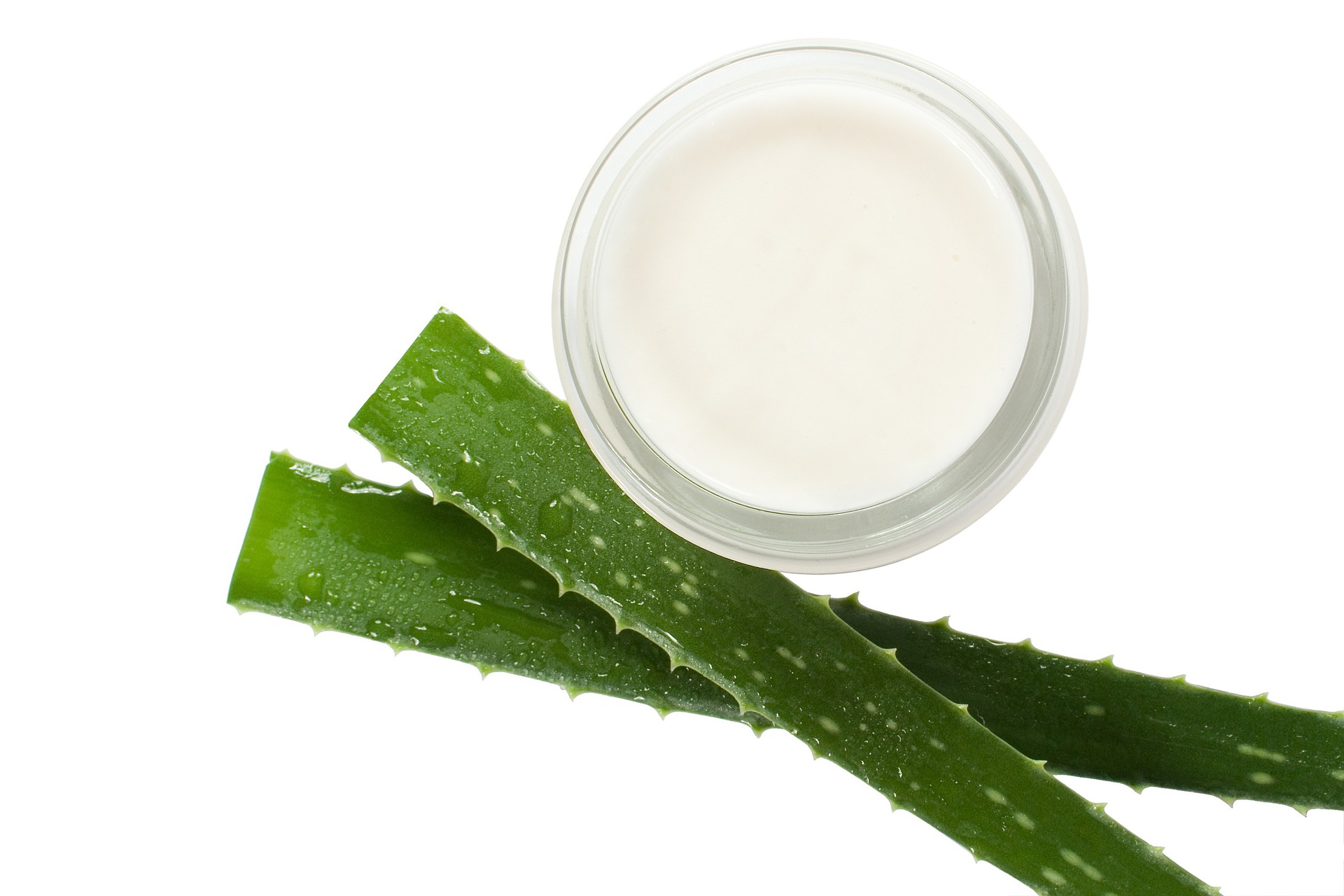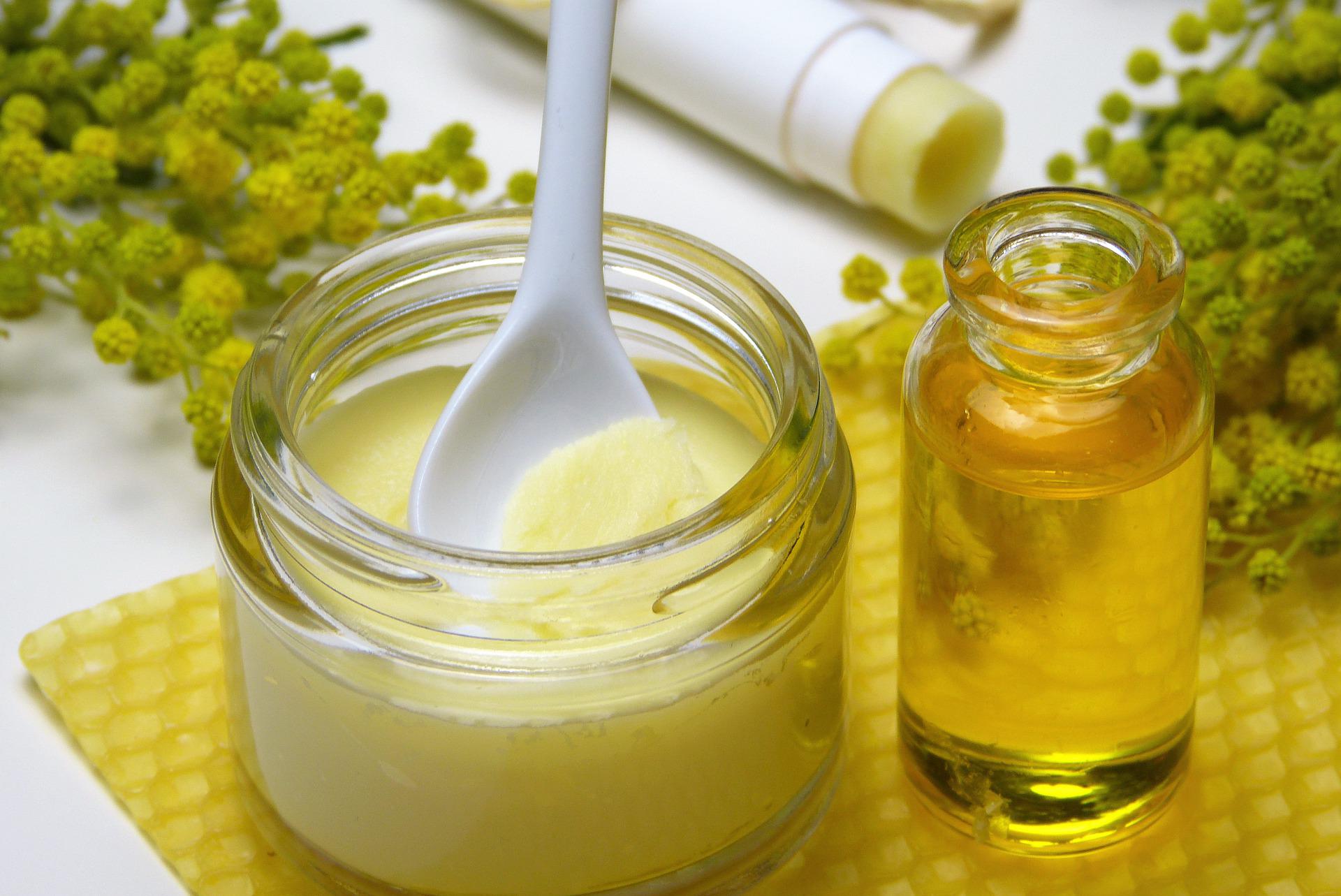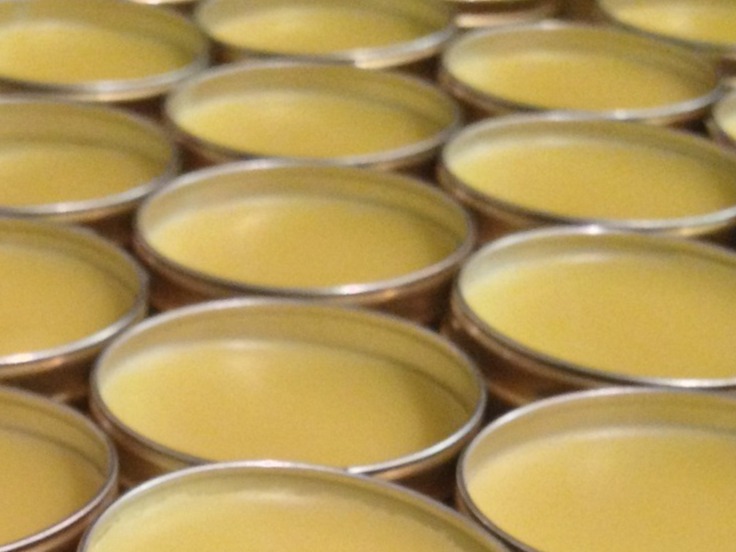Dehydrated skin means an impaired stratum corneum. Stratum corneum (SC) is the protective outermost layer of skin that composed of about 15 to 20 layers of cells called corneocytes. The main function of SC is to form a barrier to protect underlying tissue from infecton, dehydration, chemicals and mechanical stress. Dehydrated skin is related to the water loss caused by environmental and lifestyle factors, e.g. climate, smoking and high sodium diets.
If you are suffering from dehydrated skin, please do not perform exfoliations as certain active ingredients like AHA, Vitamin C and retinol inside the skincare may over stimulate that and induce damage to the SC.
How to avoid skin dehydration:
Cleanser – Use an ultra-gentle and pH-balanced cleanser
Exfoliation – To remove dead skin cells 1-2 times a week
Use products with ceramides which made up to 50% of SC
No overwashing but moisturizing the skin
Maintaining skin at pH4.7 is healthy and ideal.
Signs of dehydrated skin:
Wrinkles
Loss of elasticity
Sagging skin
How to manage:
Protect skin from the sun and pollutants which will accelerate water loss, TEWL.
Boosting collagen
Reinforce proteins in the skin with moisture protection
Ingredients will help dehydrated skin:
Niacinamide (reduce dryness, dehydration, and TEWL)
Hyaluronic Acid (draw moisture to the skin and retain it)
Peptide (reinforce the protein like collagen, elastin and keratin)
Red LED (trigger repair mechanisms that stimulate fibroblast activity and new cell growth, boosting collagen)
Dry Skin:
Ingredients will help dry skin (lack of oil production)
Vitamin C (increases ceramide synthesis in the skin)
Linoleic Acid (an essential fatty acid for skin regeneration)
Magnesium and calcium (also help to prevent dry skin)
Keep the skin clean, healthy and hydrated. We need to clean our skin gently but thoroughly everyday.
Incorporate exfoliating agents (AHA, BHA) in our daily cleanser or toner will help to foster skin cell turnover for healthier and clearer skin.
As we age, dark spots, uneven skin texture and a loss of firmness become more prevalent. We need moisturizers or serums rich in antioxidants like Vitamin C in the morning, while Vitamin A at night, but not together at the same time.
Sunscreen is the mandatory layer at the day time, you have to apply it everyday no matter it is a sunny or cloudy day, indoor or outdoor. We cannot do anti-aging without sunscreen. If you don't have time or budget for the expensive antioxidants, you can miss all the steps but not sunscreen. It is essential for anti-aging.
When layering products, start with the lightest consistency (e.g. serum) and work up to the thickest (e.g. oils and creams). In other words, apply small molecule first then layer up with larger molecule skincare.
We need humectant, emollient and occlusive to counteract the dryness.
Moisturizer is to lock in hydration, prevent water loss from skin.
Emollient is to nourish and soften our skin.
Antioxidant is to fight free radical.
Exfoliation is to remove dead skin cells. (new skin generate in every 28 days)











